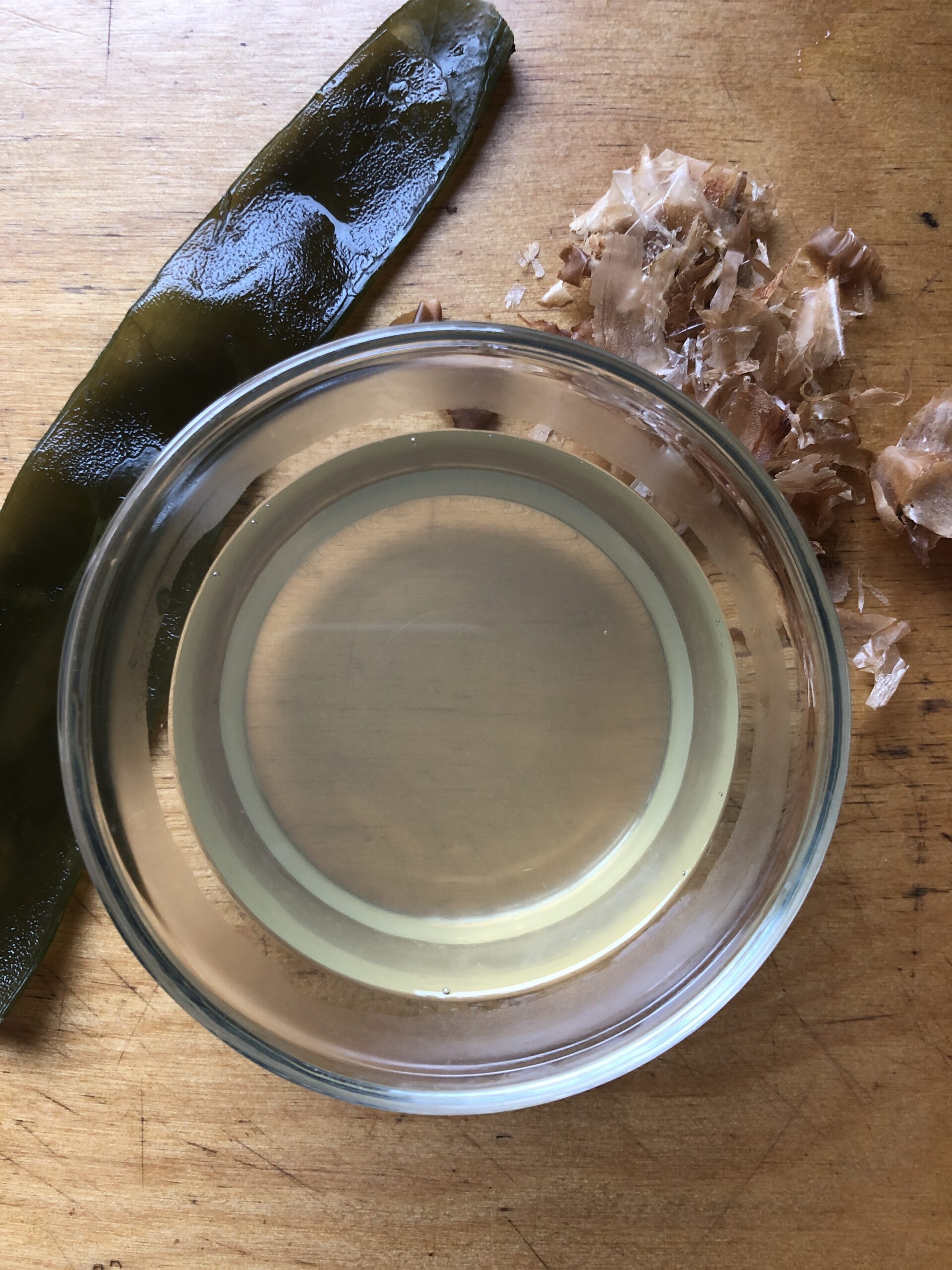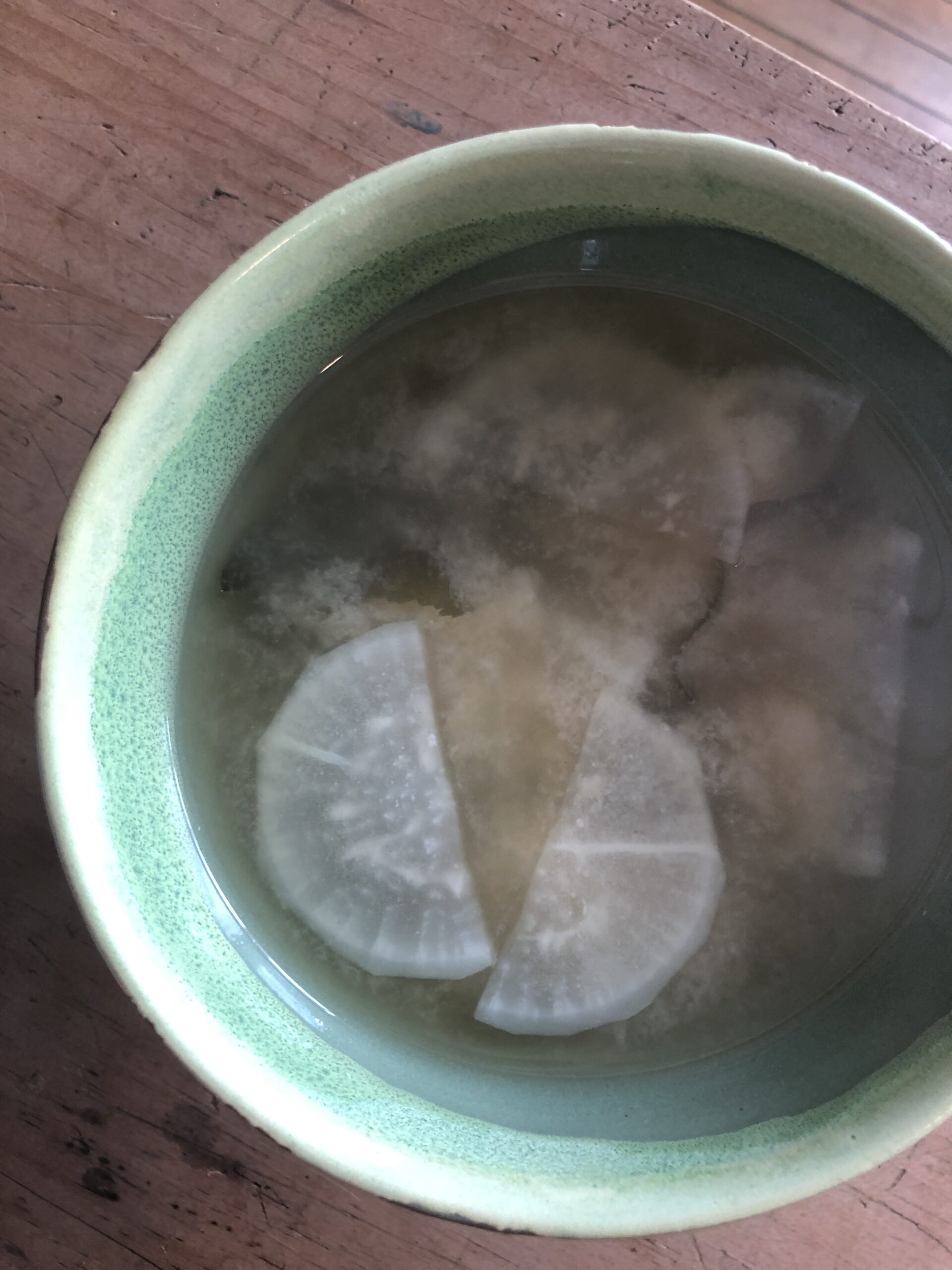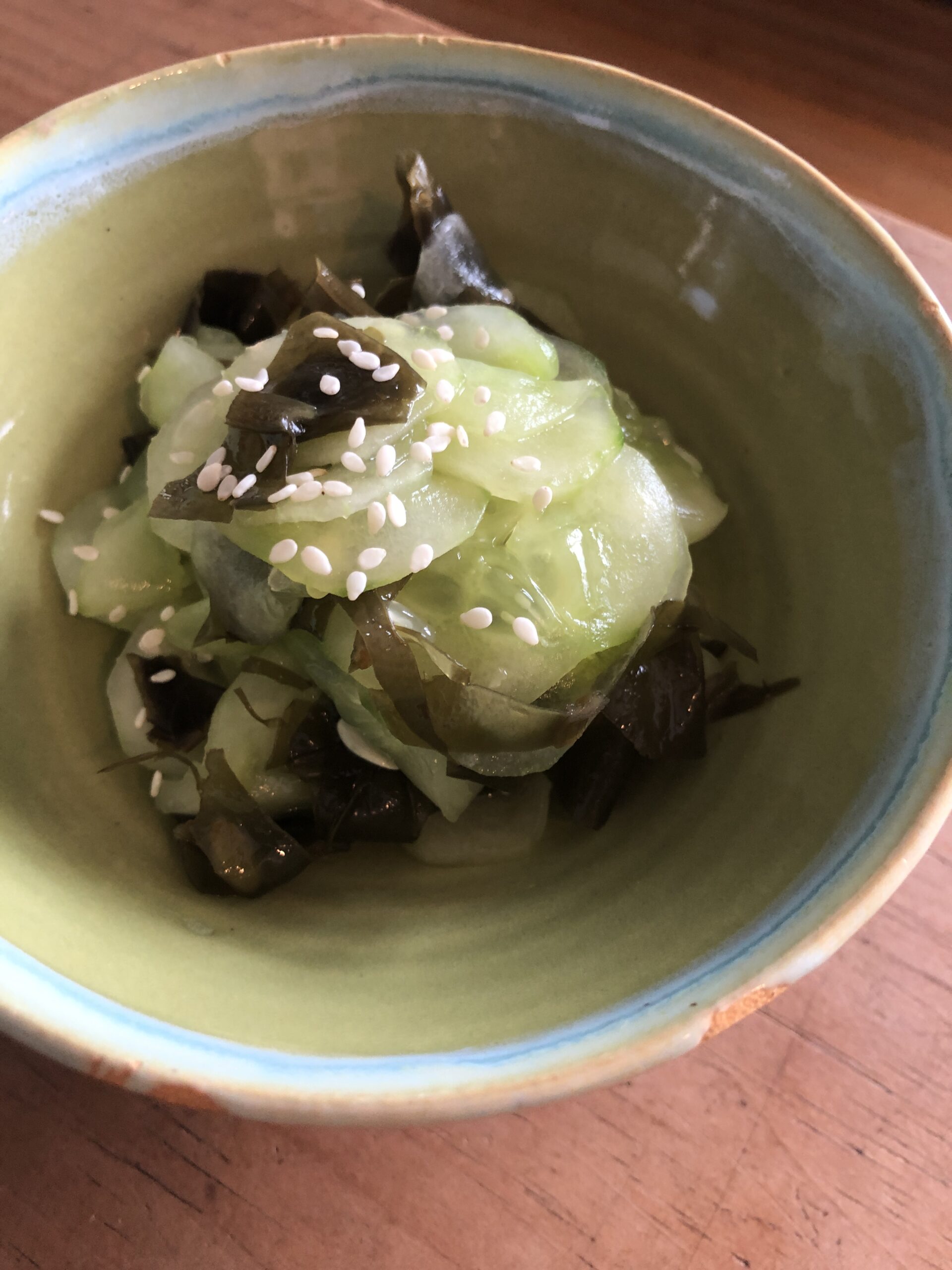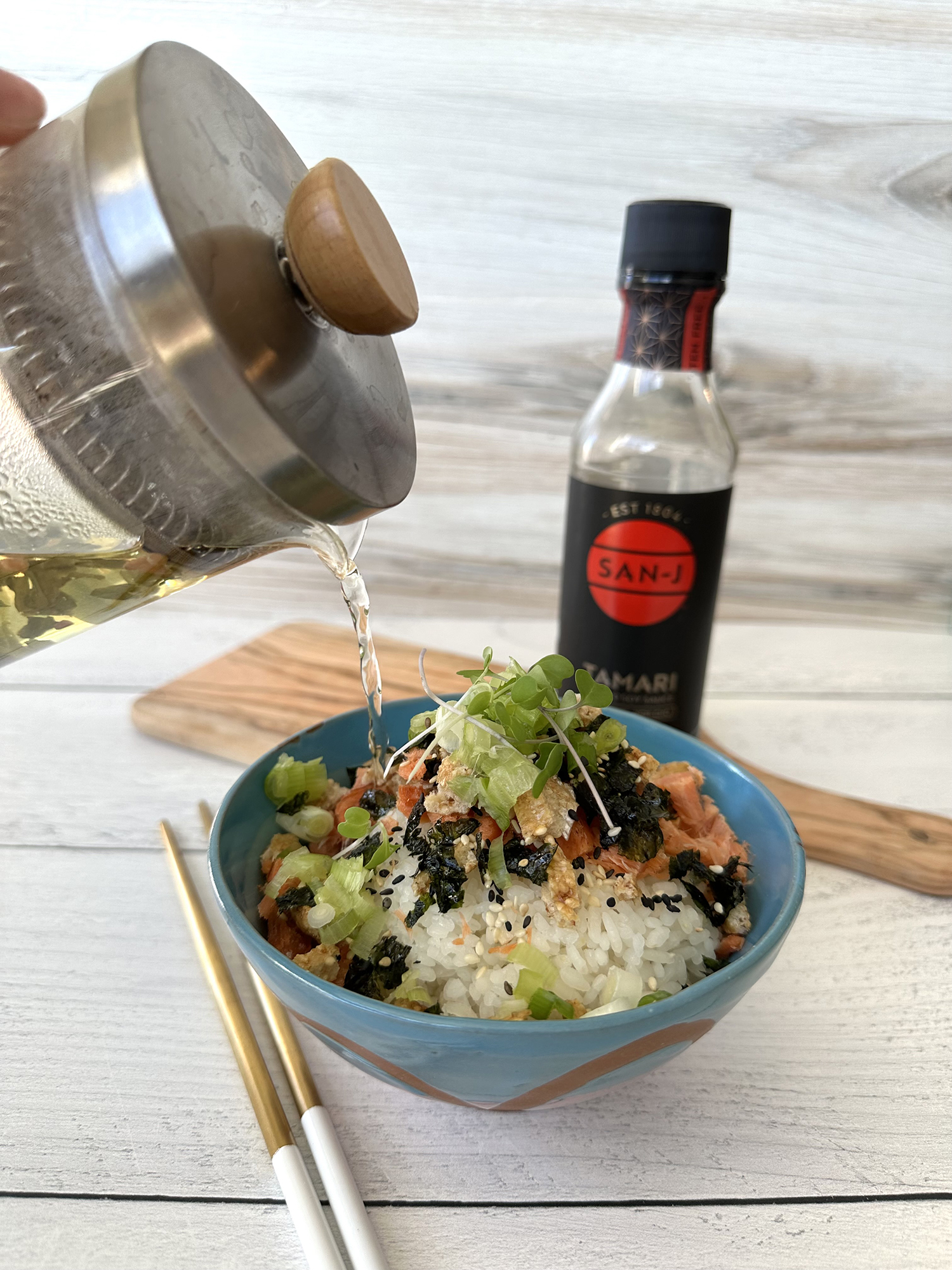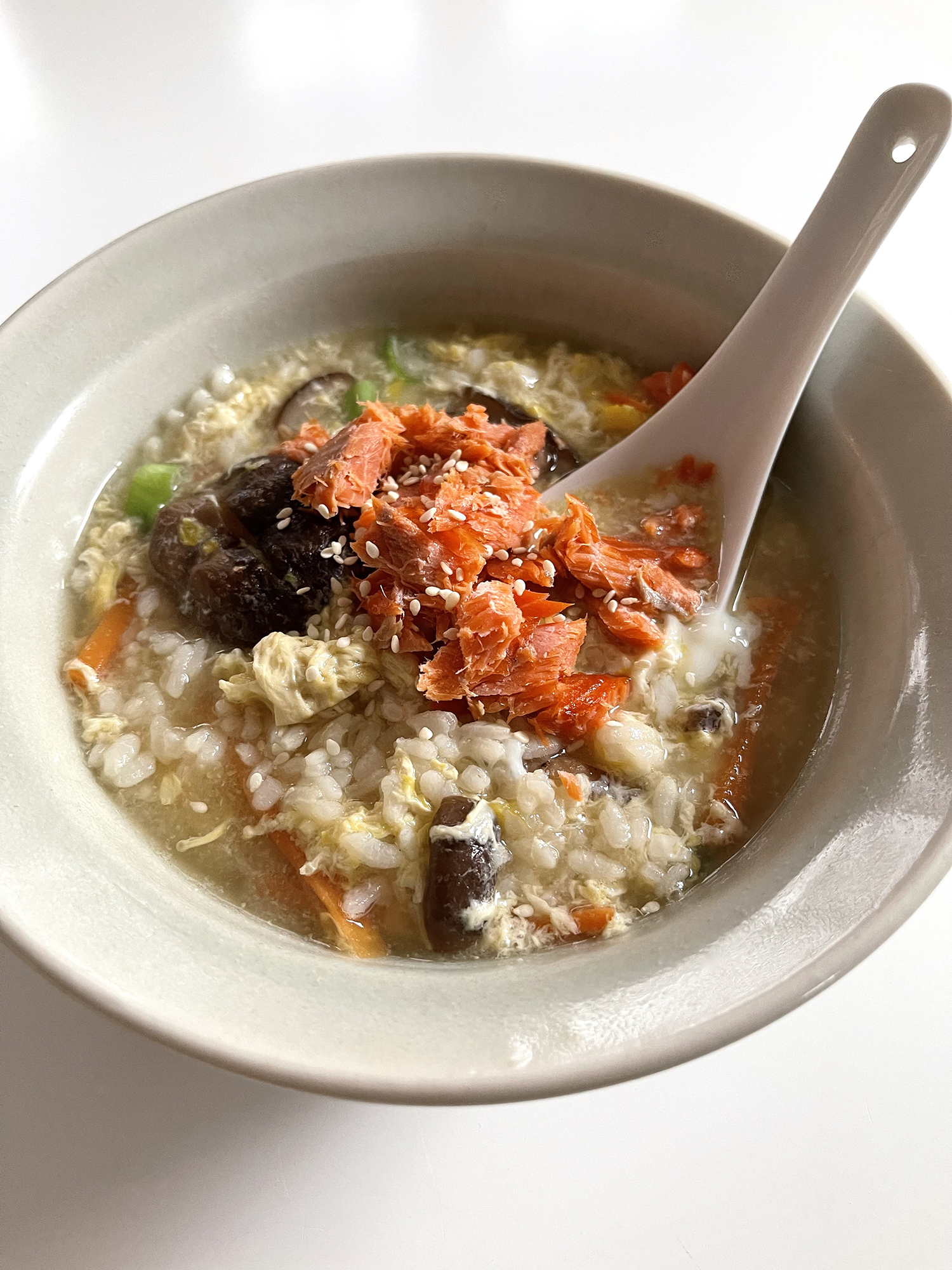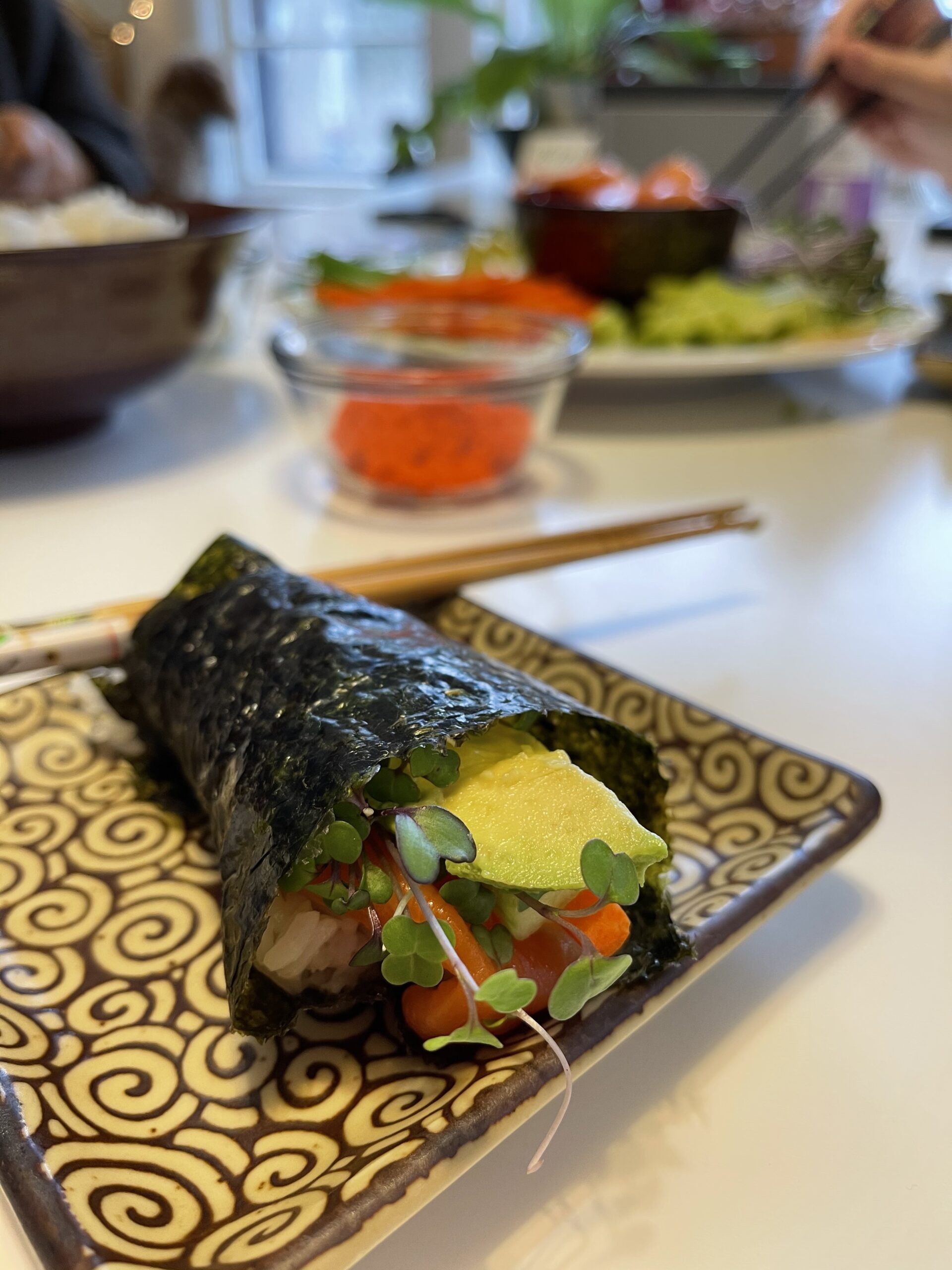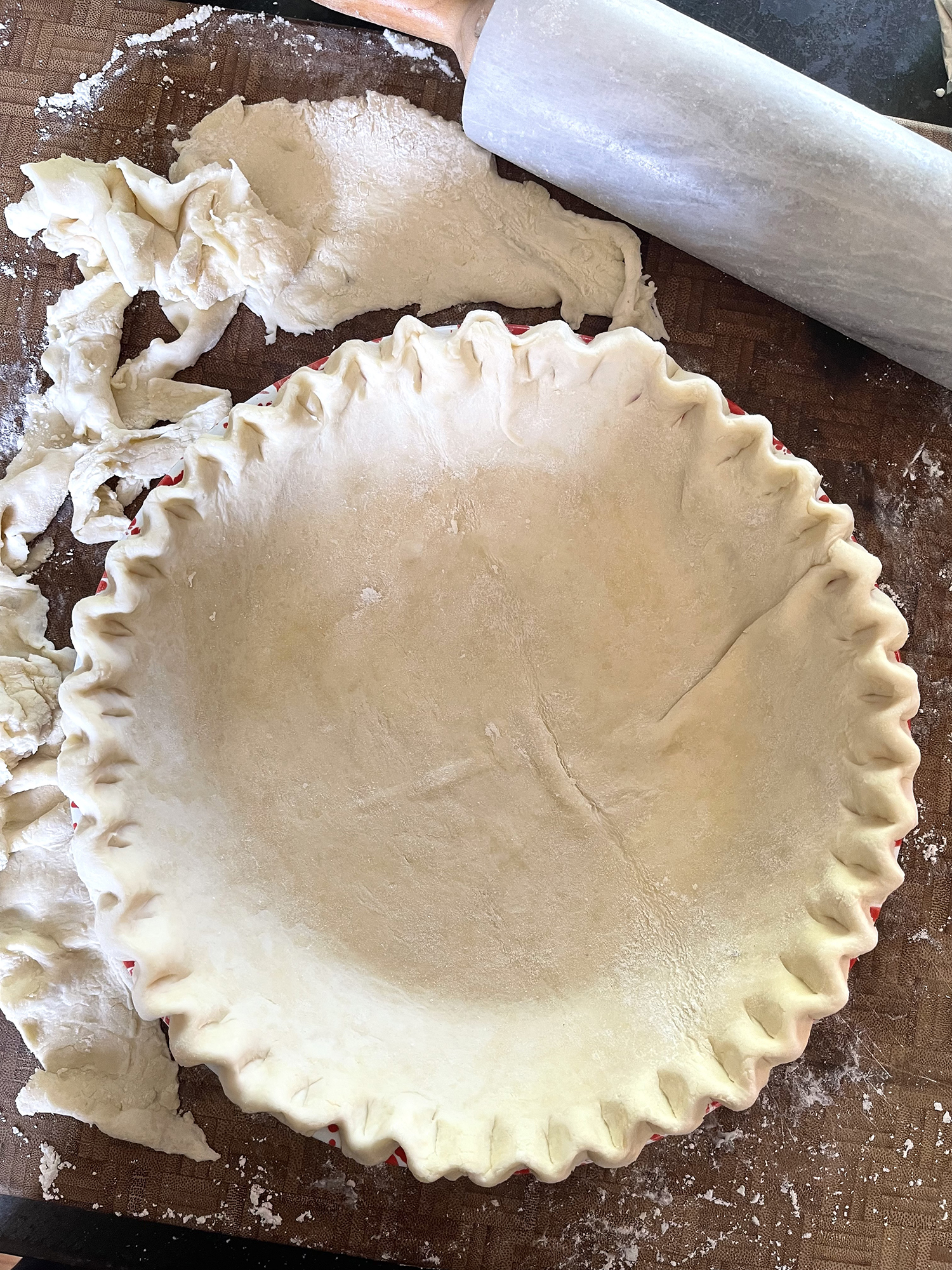It’s Maine Seaweed week and we’re celebrating with the Splash Sale, discounting seaweed items in Grocery, Bulk, and Wellness! If you’re not sure where to start with cooking seaweed, here are six recipes from Japan, where seaweed is a staple ingredient!
Dashi (Japanese Bontio & Konbu Stock)
30
minutes15
minutes45
minutesDashi stock is a broth made from konbu seaweed (kelp) and bonito flakes (paper-thin dried tuna shavings). It’s the base for many Japanese dishes, including miso soup, clear broth, simmered preparations, and mixed into foods like okonomiyaki. Dashi has a mild flavor that nonetheless adds a boost of umami to a dish that is hard to substitute.
Ingredients
2 pieces of dried konbu seaweed
2 cups bonito flakes
6 cups water
Directions
- Use 6 cups of water, place them in a pot and add two strips of konbu seaweed. Let it sit covered for a half an hour. When the half hour is up, bring the water to a boil.
- Remove the konbu and discard. Add two handfuls of bonito flakes and reduce to a simmer. Cover and simmer for 15 minutes.
- Strain the dashi through a sieve or a piece of cheesecloth. Discard the bonito. The broth will be light and clear with a mildly savory smell.
- You can use dashi for miso soup, but it’s also used in a lot of Japanese recipes. You can store in the fridge for up to a week and freeze for up to two months.
Another recipe that uses dashi, Japanese-Style Stovetop Ribs
Authentic Miso Soup (with Wakame Seaweed)
2
servings5
minutes10
minutes15
minutesMiso soup is a mild, light soup that has a delicious depth of umami flavor. It's usually enjoyed as part of a traditional Japanese meal, served along side rice and other side dishes. Miso is a fermented soybean paste from Japan. Miso has a mild sweet, salty, earthy flavor that does well with many accompaniments. Miso is very healthy, with a good amount of Manganese, vitamin K, Zinc, and copper with smaller amounts of B vitamins, calcium, iron, magnesium, selenium, and phosphorus. It’s high in sodium; however, studies show that it has special compounds that may counteract the potential stomach cancer-causing effects of high-salt foods. In fact, miso may reduce the risk of several cancers, including stomach, as well as lung, colon, and breast cancers. This may be especially true for longer fermented misos, which tend to be darker and more robust in flavor. Miso is also very good for digestion and immune support.
Ingredients
4 cups dashi stock
2-3 tbsp white miso
4 inches daikon radish
2 pieces wakame seaweed
Directions
- Peel about four inches of daikon radish and slice it into half moons, about a quarter inch thick.
- Rehydrate the wakame seaweed by soaking three pieces in some water. Slice the wakame into bite-sized pieces.
- Bring the dashi to a light boil. Add the daikon and let it simmer for 5 minutes.
- Turn off the heat. Add the wakame.
- Ladle about a half a cup of broth into a bowl and add around two tablespoons of miso paste. Using a fork, spoon, or pair of cooking chopsticks, mix the paste into the broth until there are no lumps. Pour the miso into the soup and stir.
- Taste and add more miso if desired. Enjoy with the rest of your meal.
Cucumber and Wakame Salad (Sunomono)
4
servings15
minutes15
minutesSunomono is a Japanese side salad, made with cucumbers, wakame seaweed, and a rice vinegar dressing. It's zangy, mildly sweet, crisp, and fresh. The perfect side for a rich and flavorful meal.
Ingredients
1 English cucumber
3 pieces wakame seaweed
1 tbsp rice vinegar
1/2 tsp soy sauce
1 tsp sake
1 pinch sugar OR monk fruit sweetener
1/2 tsp salt
sesame seeds to garnish (optional)
Directions
- Peel the cucumber. Slice it as thin as you can. Put the slices into a bowl and sprinkle with a half tsp of salt. Using your hands, rub the slices with the salt.
- Let it sit for 10 minutes then use your hands to press the moisture out of the cucumber and drain.
- Rehydrate a couple pieces of wakame by soaking them in water for a few minutes. Slice the wakame into half inch pieces and add to the cucumber.
- Mix together a tablespoon of rice vinegar, a tsp of sake, a half a tsp of soy sauce, and a pinch of sugar or monk fruit. Pour over the sunomono and mix together. Garnish with sesame (optional).
Ochazuke (Green Tea Rice)
1
servings5
minutes3
minutes8
minutesOchazuke is a Japanese comfort food that is light, flavorful, and quick to prepare. Plain white rice is topped with a few savory ingredients, and green tea is poured over it, seasoned with a splash of soy sauce. It’s similar to having a mild broth over rice, with the added benefit of green tea’s flavor and antioxidant properties. Depending on the type of tea you use, the flavor will vary.
Ingredients
1 cup cooked short-grain rice (preparation directions)
3 sheets roasted seaweed snacks (cut into small pieces)
2 thick rice crackers (cut into small pieces)
1/4 cup smoked salmon (cut into small pieces)
1/2 scallion (chopped)
1 tsp toasted sesame seeds
2 tsp loose-leaf Japanese green tea (sencha, genmaicha, kukicha, bancha, hojicha)
1 cup boiling water
1/2 tsp soy sauce
Directions
- Prepare the rice and chop the ingredients as directed in the ingredient list.
- Place 1 cup of rice in a bowl and pile the topping ingredients on top.
- Bring the water to a boil and steep the tea leaves for 3 minutes, using your preferred method.
- Pour the tea over the rice. Add the soy sauce to the bowl and enjoy.
Notes
- Nutritional Info Per serving (approx. 1 serving)
Unmodified recipe:
312 Calories
12g Protein
6g Total Fat
50g Carbs
Japanese Rice Soup (Zosui)
1
servings10
minutes10
minutes20
minutesZosui is a Japanese soup made with mild broth and cooked rice. It’s an excellent dish to warm you up on a chilly day and perfect for when you’re recovering from a cold or stomach bug. Since it can be made with leftover rice, it’s a speedy and easy meal to throw together. We topped our zosui with Smoked Sockeye Salmon from Ducktrap River, but you can also have it unadorned for a simple vegetarian dish.
Ingredients
2 1/4 cups vegetable broth OR dashi stock
pinch of salt
2 tsp tamari
5-6 medium-sized shiitake mushrooms (sliced thin)
roughly 1/4 cup julienned carrot
8oz cooked short-grain rice (leftover or fresh)
2 eggs (beaten)
1 scallion (sliced thin)
- Optional toppings
1/2 cup Smoked Sockeye Salmon (broken up)
sesame seeds
Directions
- Start by slicing the veggies, measuring the rice, breaking the salmon into smaller pieces (if using), and beating the eggs, setting them up for quick access during cooking. (If you’re using leftover rice rather than fresh, place it in a sieve and rinse the rice under cold water to remove excess starch.)
- In a small pot, bring the broth, soy sauce, and salt to a boil. Add the mushrooms and carrots, cover, and let them cook until the carrots are tender.
- Add the rice to the soup and stir to break up any clumps. Bring the soup back to a boil, lower the heat to a simmer, and pour the eggs over the top. Simmer for 1-2 minutes until the egg is cooked.
- Sprinkle the scallions over the top. Serve hot, either topped with smoked salmon and sesame seeds or plain.
Notes
- Nutritional Info Per serving (approx. 1 serving)
Unmodified recipe:
481 Calories
32g Protein
14g Total Fat
54g Carbs
Temaki Sushi Cones
4
servings30
minutes30
minutes1
hourThis is definitely the perfect way to have sushi together as a family. Temaki is made right at the dinner table, with a platter of ingredients, a bowl of sushi rice, and your hands! In fact, “temaki” means “hand rolls.” You can select any fillings you’d like, 6-8 being a good number. This recipe makes enough sushi rice for four.
Ingredients
- Sushi Rice Ingredients
3 rice maker cups of Japanese short-grain rice
1/3 cup rice vinegar
2 tbsp sugar or 1 1/2 tbsp monk fruit
1 tsp salt
- Temaki Ingredients
nori sheets (cut in half)
a selection of fillings
- Possible fillings
carrot
cucumber
green onions
smoked salmon
avocado
microgreens
mango
cream cheese
unagi kabayaki
tuna salad
bell peppers
Directions
- Use three rice-maker-cups of rice. Wash the rice in a rice washing bowl or a regular bowl, using a sieve to drain the water. Use your hands to wash the rice grains against each other gently. The water will get cloudy. If you’re using a rice washing bowl, wash it until the water drains clear. If you’re using a bowl and sieve, drain the water when it gets too cloudy to see the rice and repeat. End when the water is clear (4-6 times).
- Follow your rice maker’s instructions for preparing rice. Usually, it is as simple as filling water up to the place marked on the bowl and pressing the appropriate button for white or brown rice.
- Before you turn on the rice maker, let it sit in the water for 1/2 an hour. You can skip this step if you’re in a hurry, but it does make a better batch of rice.
- Heat the rice vinegar, salt, and sugar in a small pan over low heat until the salt and sugar dissolve. Transfer your hot rice to a large mixing bowl. A wide wooden bowl is best, but make sure you have enough room to stir your rice around without being crowded.
- Take a rice paddle or wide spoon and section the rice into eight pie slices. Pour the vinegar mixture over the rice, evenly distributing it over the wedges.
- Use your rice paddle to mix the rice; careful not to break the grains by smooshing them. The rice should be nice and hot to start with, but you’ll want to mix it until it’s cool enough to handle. If you have a helper or are dexterous enough to do it yourself, you can speed up this process by fanning the rice as you stir.
- Cover the rice with a damp towel while you make your sushi so it doesn’t dry out.
- Prep your fillings by slicing them into small pieces. Arrange them on a platter, with the messier ones like smoked salmon and cream cheese in their own dishes.
- Set the fillings out on the dinner table, along with a communal bowl of sushi rice and some soy sauce, pickled ginger, and wasabi as well. Each person should also have a pair of chopsticks and a small plate.
- Place the seaweed on your hand’s palm (shiny side down) and put a thin layer of rice on the left third of the nori. Place fillings of choice vertically across the middle of the rice.
- Fold the bottom left corner of nori over and begin folding into a cone shape. Keep rolling until the cone is formed. Put a piece of rice at the bottom right corner to use as glue and close tightly. Continue until full or out of ingredients, whichever happens first.



